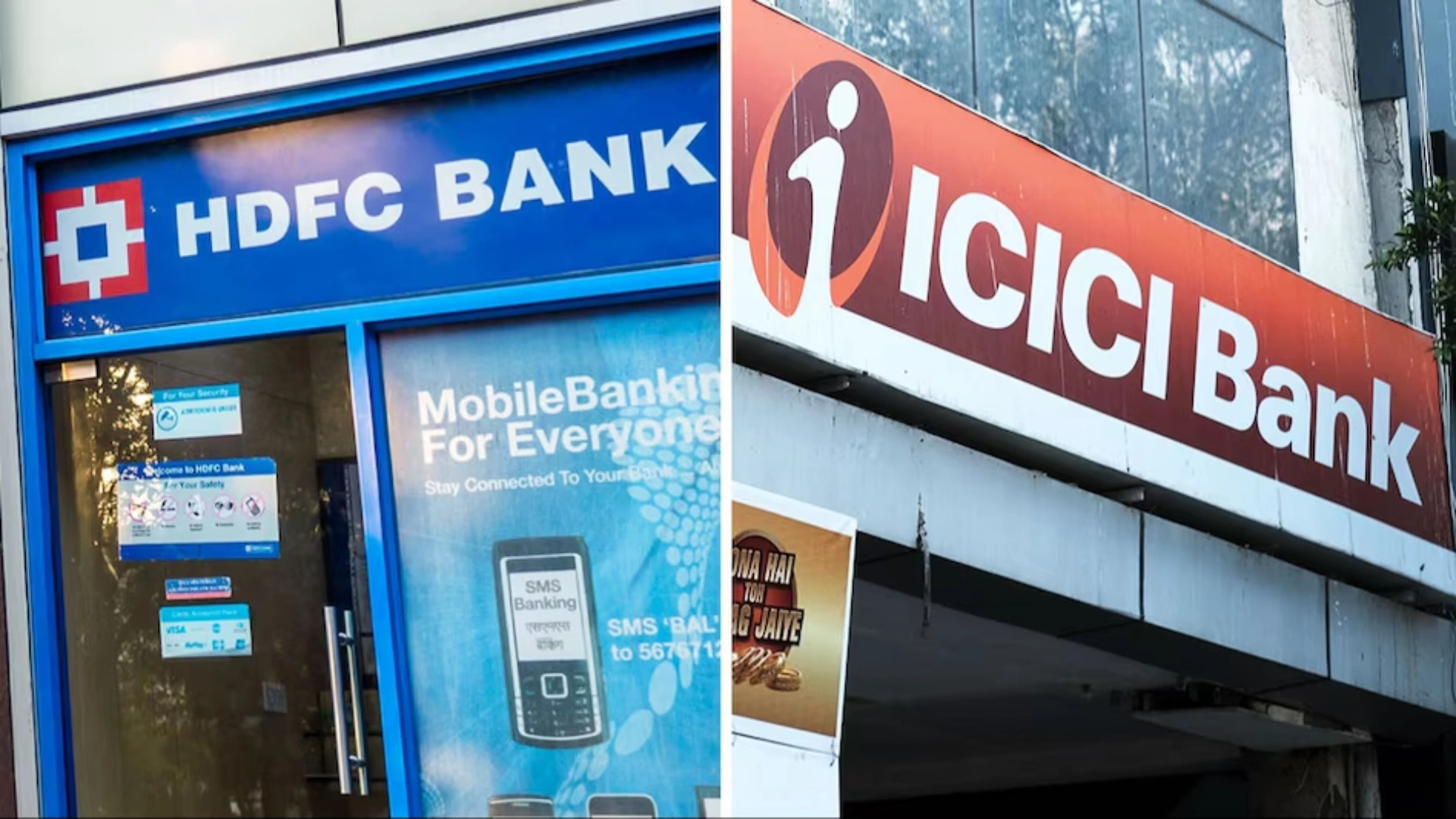HDFC Bank recently crossed a major milestone by reaching a market capitalization of ₹15 lakh crore. This achievement puts it in an elite group of companies and is definitely something to celebrate. However, behind the celebrations, a quiet shift is happening in the Indian banking sector — ICICI Bank is slowly but surely moving ahead.
ICICI Bank Outperforms HDFC Bank
Over the past few quarters, ICICI Bank has been outperforming HDFC Bank across almost every major financial metric. It has shown stronger growth, better asset quality, and improved profitability. Investors and financial experts are beginning to take notice of this steady progress.
| Key metrics (As of FY25) | HDFC Bank | ICICI Bank |
|---|---|---|
| NIM | 3.6% | 4.4% |
| Deposit growth | 14.0% | 14.0% |
| Advances growth | 5.0% | 14.0% |
| ROE | 14.0% | 17.4% |
| ROA | 1.7% | 2.2% |
In FY25, ICICI Bank’s profit growth for ICICI Bank at 15% is higher than that of HDFC Bank’s 11%. The NII growth was at the same levels. ICICI also has a better net interest margin (NIM) of 4.41%, compared with NIM of 3.65% for HDFC Bank.
ICICI Bank has achieved 14% growth in both advances and deposits, as of FY25, while HDFC Bank’s advances grew at roughly half the rate of its deposits.
Why performance of ICICI Bank got better?
One reason for this shift is the ongoing impact of HDFC Bank’s merger with HDFC Ltd. While the merger aimed to create a financial powerhouse, it has also brought several challenges. Integrating the two large organizations has affected HDFC Bank’s pace of growth and operational efficiency in the short term.
In contrast, ICICI Bank has continued to grow smoothly, focusing on digital banking, retail loans, and risk management. As a result, it is now being seen as a strong competitor and, in many ways, the new leader among India’s private banks.
For HDFC Bank, the merger with HDFC added a substantial loan portfolio but fewer deposits, resulting in a loan-to-deposit ratio (LDR) that spiked to over 100% post-merger. Although HDFC Bank brough this down to 96.5% at the end of FY25, it continues to face pressure to boost deposits or temper loan expansion. In contrast, ICICI Bank’s LDR ratio stood at a more comfortable 82.4% as of March 2025.
A high LDR can indicate that a bank is lending a large portion of its deposits, which might lead to liquidity issues if depositors withdraw their funds quickly.
ICICI Bank has also maintained a sharper focus on operational efficiency and risk management. Its risk-weighted assets — a measure of how much capital is required to cushion potential losses — stood at 76%, higher than HDFC Bank’s 68%. Despite taking on relatively riskier assets, ICICI Bank has kept its credit costs low at 35 basis points in FY25.
ICICI Bank has the edge over HDFC Bank even on return ratios. The ROE (return on equity) for ICICI currently stands at 17.4%, which is higher than HDFC’s 14.39%. Analysts expect the former RoEs to moderate to 16% over FY 25-27. The return on asset (RoA) for ICICI Bank is around 2.2%.
This changing trend is not just about numbers — it reflects how the Indian banking sector is evolving. For investors, customers, and the market as a whole, this could be the beginning of a new era in private banking in India.

